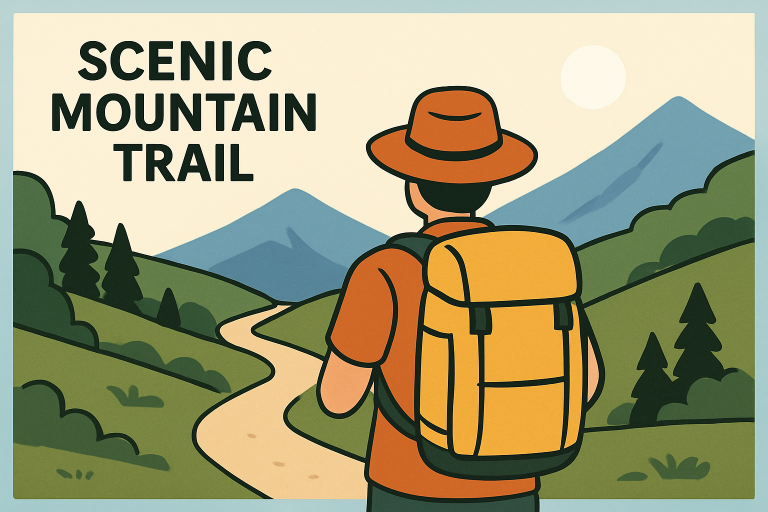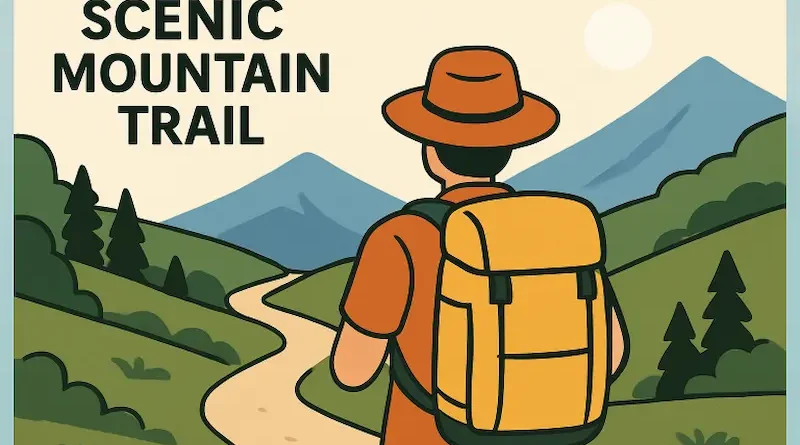How to Plan an Unforgettable Hiking Adventure
A well-planned hiking adventure can offer a physical challenge, breathtaking scenery, and opportunities for self-discovery. Smart planning and reliable resources ensure an unforgettable journey for adventurers of all backgrounds and skill levels. Preparation is key to transforming a good hike into an extraordinary one, ensuring safety and sustainability. Whether planning a short day hike or a multi-day trek, organizing each phase in advance ensures you are prepared for surprises. This guide covers everything from researching trail reports to minimizing your environmental impact and adapting to unpredictable weather conditions. It covers everything you need before you start hiking.
Choose the Right Trail
Start by choosing the right trail based on your fitness, experience, and goals—whether you’re conquering a peak or relaxing in the forest. Consider the trail’s length, elevation, and difficulty, and use reliable sources to check conditions, highlights, and necessary permits. Beginners should pick easier trails and gradually increase difficulty. For an unforgettable and safe outdoor adventure, consider joining guided hiking trips to Zion National Park, where experienced guides provide local insights and ensure a well-paced, enjoyable experience. Reading recent reviews and updates from parks and hiking groups also helps you stay informed about closures and trail conditions.

Physical Preparation
Getting in shape goes beyond stamina; it prevents injuries and makes adventures more enjoyable. Start with regular walks or runs focusing on cardio, then include strength training for legs, core, and back. Practice on terrain similar to your trail if possible. Also, stay updated on trail conditions like snowpack, wildfires, and floods through official sites, park rangers, and recent hikers to plan alternatives and training for upcoming challenges.
Essential Gear and Supplies
To ensure comfort and survival during outdoor activities, it’s crucial to have the right gear. Start with well-fitted hiking boots, break them in weeks to avoid blisters, and dress in moisture-wicking layers. Pack rain gear, a supportive backpack, a first aid kit, a multi-tool, a headlamp, a water container, fire-starting supplies, and an emergency shelter. Create a checklist before departure to ensure all items are present and in working condition. Test new or recently used gear and consult gear guides for up-to-date recommendations.
Navigation and Maps
Never rely solely on technology. While GPS devices and apps like AllTrails or Gaia GPS offer offline maps and live tracking, carrying a traditional topographic map and compass is crucial backup. Study the map beforehand to familiarize yourself with routes, water sources, elevation, and exit points. Practice orienteering skills to stay confident if electronics fail.
Safety and Emergency Planning
To ensure safety during outdoor activities, share your itinerary with a trusted friend or family member, including the route, return time, and communication schedule. Carry a personal locator beacon or satellite messenger in remote areas for help. Familiarize yourself with local wildlife and potential hazards, review emergency procedures, know the nearest ranger stations or emergency services, establish check-in times, and learn basic first aid and wilderness survival skills.
Leave No Trace Principles
To preserve nature, follow the Leave No Trace principles, such as planning ahead, using durable surfaces, disposing of waste properly, leaving what you find, minimizing campfire impacts, respecting wildlife from a distance, and being considerate of other visitors to ensure that future generations can enjoy pristine trails.
Nutrition and Hydration
Balanced meals fuel energy and keep spirits high. Pack calorie-dense, lightweight snacks such as mixed nuts, trail bars, and dried fruit. Hydration is crucial: aim for at least 2–3 liters of water per day, adjusting for climate and activity intensity. For multi-day trips, mark potential water sources and pack filtration or purification tablets.
If trails offer potential resupply points, research them ahead of time, noting hours and supply reliability. When in unfamiliar territory, always carry extra rations in case of unexpected delays.
Weather Monitoring
The weather on the trail can change rapidly. Check track conditions before and during your hike with reputable forecasting services. Download offline weather apps and save local ranger and emergency contacts. Watch for hazards like storms, extreme temperatures, or wildfire smoke, and be ready to reroute or turn back if safety is at risk. With planning, adventure, and respect for nature’s unpredictability, your hike will be rewarding and memorable.
Final Thoughts
Successful hiking isn’t just about reaching the destination—it’s about preparation, awareness, and respect for nature. By choosing the right trail, training your body, packing essential gear, and prioritizing safety, you set yourself up for an enjoyable and secure experience. Incorporating sustainable practices like Leave No Trace ensures trails remain beautiful for generations to come. Whether you’re exploring local routes or joining guided hiking trips to Zion National Park, proper planning turns every hike into an opportunity for growth, connection, and adventure.

